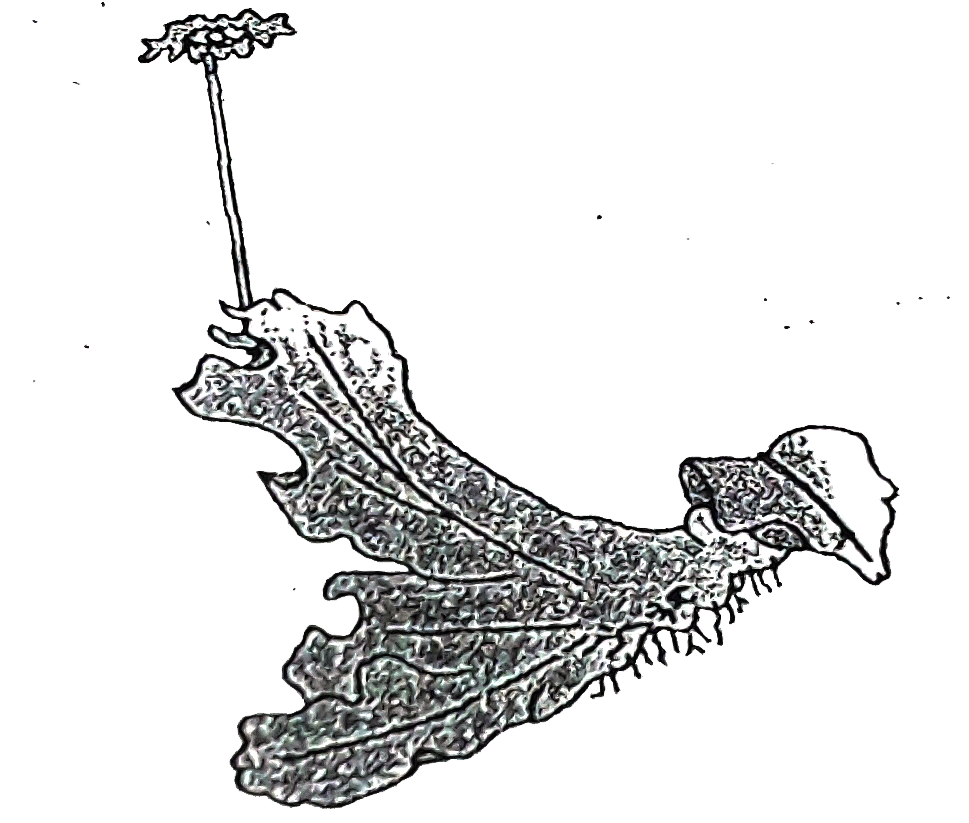Choose correct option w.r.t. Lenticels
Lens shaped
Permit gaseous exchange
Occur in most woody trees
More than one option is correct
The correct Answer is:D
Step-by-Step Solution:
1. Understanding Lenticels:
- Lenticels are small, pore-like openings found primarily in the bark of woody stems, fruits, and tubers. They are crucial for gas exchange in plants.
2. Shape of Lenticels:
- The term "lenticel" is derived from "lenticular," which means lens-shaped. This indicates that lenticels have a lens-like structure.
3. Function of Lenticels:
- Lenticels facilitate gaseous exchange between the internal tissues of the plant and the atmosphere. They contain porous tissue that allows for this exchange.
4. Occurrence of Lenticels:
- Lenticels are predominantly found in the bark of most woody trees, but they can also be present in the roots of dicotyledonous plants, as well as in fruits and tubers.
5. Evaluating the Options:
- The options provided state:
- (A) Lens shaped
- (B) Permit gaseous exchange
- (C) Occur in most woody trees
- (D) More than one option is correct
- Based on the information gathered:
- (A) is correct (lens-shaped).
- (B) is correct (they permit gaseous exchange).
- (C) is correct (they occur in most woody trees).
- Therefore, (D) is also correct as more than one option is correct.
6. Conclusion:
- The correct answer is (D) More than one option is correct regarding lenticels.
- Lenticels are small, pore-like openings found primarily in the bark of woody stems, fruits, and tubers. They are crucial for gas exchange in plants.
- The term "lenticel" is derived from "lenticular," which means lens-shaped. This indicates that lenticels have a lens-like structure.
- Lenticels facilitate gaseous exchange between the internal tissues of the plant and the atmosphere. They contain porous tissue that allows for this exchange.
- Lenticels are predominantly found in the bark of most woody trees, but they can also be present in the roots of dicotyledonous plants, as well as in fruits and tubers.
- The options provided state:
- (A) Lens shaped
- (B) Permit gaseous exchange
- (C) Occur in most woody trees
- (D) More than one option is correct
- Based on the information gathered:
- (A) is correct (lens-shaped).
- (B) is correct (they permit gaseous exchange).
- (C) is correct (they occur in most woody trees).
- Therefore, (D) is also correct as more than one option is correct.
- The correct answer is (D) More than one option is correct regarding lenticels.
Topper's Solved these Questions
- ANATOMY OF FLOWERING PLANTS BOOK - AAKASH INSTITUTE ENGLISHCHAPTER - ANATOMY OF FLOWERING PLANTS EXERCISE - ASSIGNMENT SECTION A (OBJECTIVE TYPE QUESTIONS)
52 Videos
- ANATOMY OF FLOWERING PLANTS BOOK - AAKASH INSTITUTE ENGLISHCHAPTER - ANATOMY OF FLOWERING PLANTS EXERCISE - ASSIGNMENT SECTION B Objective Type Questions
35 Videos
- ANATOMY OF FLOWERING PLANTS BOOK - AAKASH INSTITUTE ENGLISHCHAPTER - ANATOMY OF FLOWERING PLANTS EXERCISE - Try Yourself
38 Videos
- ANIMAL KINGDOM (CHORDATES) BOOK - AAKASH INSTITUTE ENGLISHCHAPTER - ANIMAL KINGDOM (CHORDATES) EXERCISE - Assignment (Section-D)
10 Videos
Similar Questions
Choose correct option w.r.t. features of different plant groups
View SolutionChoose correct option w.r.t. anaerobic respiration
View SolutionChoose correct option w.r.t. spongy mesophyll in dicot leaf.
View SolutionChoose correct option w.r.t tissue culture
View SolutionChoose correct option w.r.t given bellow thallus

View SolutionChoose correct option w.r.t members of deuteromycetes :
View SolutionChoose the Incorrect option w.r.t. general characters of algae.
View SolutionChoose incorrect option w.r.t. transition after fertilisation in angiosperms
View SolutionChoose the incorrect option w.r.t. cell cycle
View SolutionChoose incorrect option w.r.t. amount of living material present in different trophic levels at a given time
View Solution
